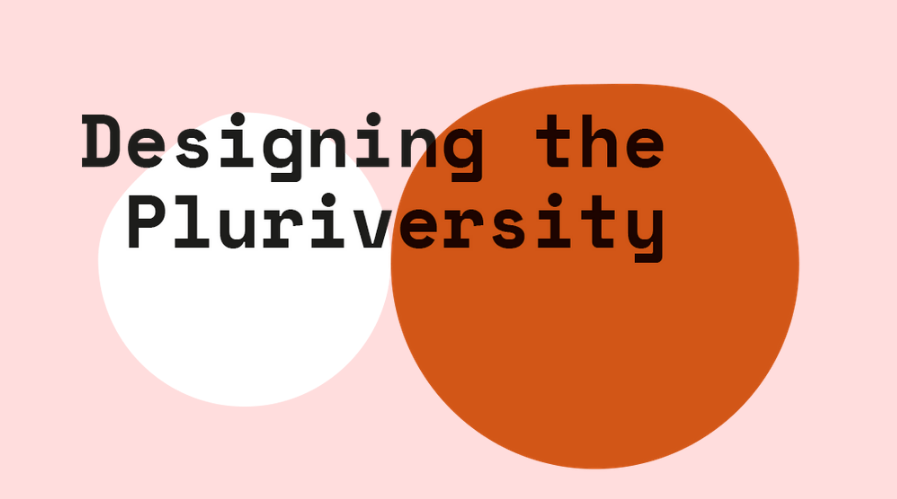Stacey Moran, Assistant Professor (Film and Media Studies / Writing, Rhetorics and Literacies)
ASU Assistant Professor Stacey Moran believes that we need to talk about the health of the university. “For me,” she reflects, “making the system more just and fair is way more interesting [than personal considerations] in terms of health.” She and her husband, Adam Nocek, are working on Designing the Pluriversity, a project involving collaborators from around the world who will offer possible answers to the questions: How can we decolonize the university? How can we design an equitable system in which students from different worlds can co-exist and succeed? The results the study will be published online, followed by a symposium in fall 2021.
Moran's joint appointment in ASU’s School of Arts, Media and Engineering and the Department of English officially began fall 2020. Her achievements in academia are an inspiration for anyone who hasn’t followed the traditional path to a college degree straight from high school; she is an example of what can happen when you follow your bliss. She earned her PhD in rhetoric from Berkeley in 2017, later than normal by her account. Indeed, she delivered her second baby and completed the oral exam for her dissertation in the same week. The idyllic atmosphere of her undergrad years at the University of Washington, where Moran studied the Classics and Ancient Greek, further helped to shape the scholar she is today. Caring mentors encouraged and supported her. Faculty and students gathered together for monthly potluck dinners, hosted by whomever volunteered. Everyone went. That kind of communal and collaborative college experience is priceless.
Moran, in turn, is available for her students. She wants to carry on the tradition of support and fairness that characterized her undergraduate experience; above all, she wants students and professors alike to care about each other. Professors today are researchers; major universities typically designate only 20% of their schedules for teaching, but she tends to exceed that limit. She admits that she loves research: “There’s a high that you don’t get from anything else, pursuing those ideas down the rabbit hole.” Still, for Moran, it is teaching that makes the job worthwhile.
The pandemic has made it harder to create thoughtful human relationships with students, but online learning has nevertheless yielded a few intriguing surprises. Zoom has kept people connected in ways Moran didn’t expect, but she ruminates on the dangers of losing the social aspect that is necessary for real learning. She looks forward to eventually being back in the classroom: “Information can be imparted online but to learn something deeply—knowledge that stays with you—requires physical, tactile, emotional components.”
When COVID-19 first forced everyone online, it was almost like a wartime event, traumatic for many students. But somehow, in a large English class of 100 students, Moran was able to achieve a special connection. She made books with excerpts from her students’ work and sent these to the students at the end of the class. “It’s hard to put into words,” she said of the unusual experience. “We managed to do something pretty cool together. I will not soon forget them.”
Moran’s assessment of herself as a tough but fair teache lines up with student comments that she is a strict grader but also the best teacher they ever had. Her daughters might say she is both a strict parent and a pushover. She definitively tells her students that she is the person their parents warned them about: “The lefty Liberal; I am that person.”
At home, Sundays remain as they were before the pandemic; cozy pants, the print edition of the New York Times, and sharing a European brunch board or homemade pizzas with her family. Their ten-year-old Boston terrier/Chihuahua mix has no complaints about everyone being home all the time lately, and the human members of the family have adapted. They order groceries and stream movies but make a point to get outside and walk or ride bikes. Moran’s family enjoys spending time together and despite the difficult times, life is good. “Being stuck in the house like this has made me really grateful for what I have,” she observes. “I’m surrounded by good people, that’s what gets me through this.”
—Pamela Lang
Image 1: ASU directory photo of Stacey Moran
Image 2 Designing the Pluriversity graphic from its website


